The 7 Weirdest Glow-in-the-Dark Creatures
Glowing life
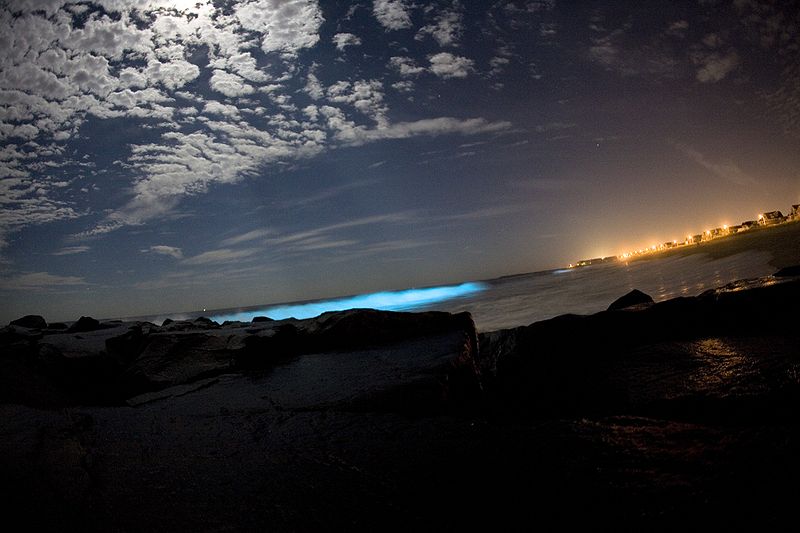
Glowing is a common trick in nature. Bioluminescence, the ability to give off light through a simple chemical reaction, is so useful that it has evolved independently at least 50 different times, and can be found among such diverse lifeforms as mushrooms, fireflies and terrifying deep sea creatures. Whether to ward off predators, attract prey, rid cells of oxygen, or simply cope with living in the perpetual darkness of the deep ocean, bioluminescence is one of life's most ingenious tools. Here are some of the coolest and weirdest creatures that possess the ability to glow, many of which are currently on display in a new exhibit at the American Museum of Natural History in New York.
Click on the photos to take a closer look.
Alluring
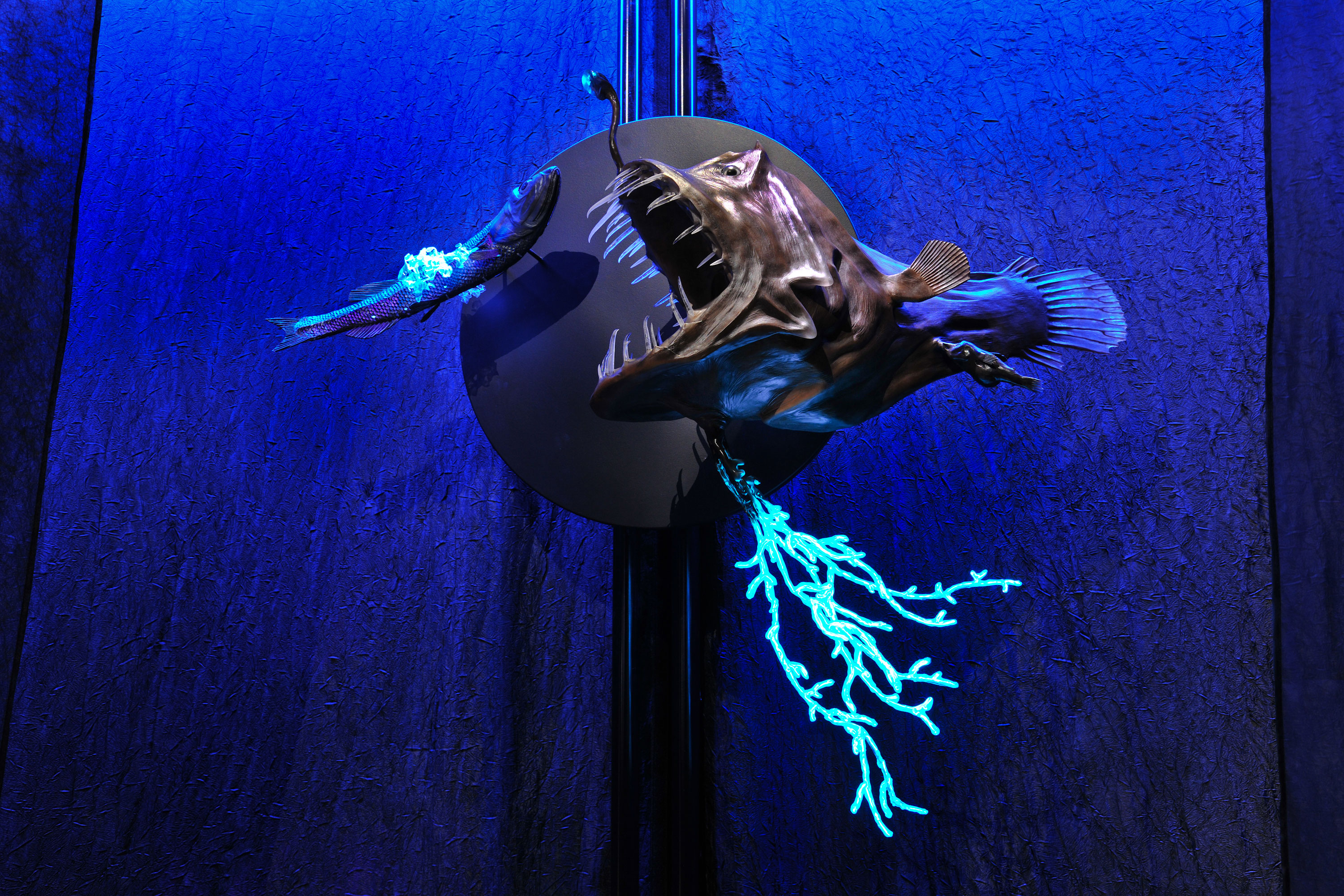
Thousands of feet deep in the north Atlantic, the female anglerfish wields her own fishing lures. She trails glowing tentacles that resemble seaweed to attract the attention of hungry fish, and she holds erect a barbel a headlamp of sorts, which lures prey and gives the anglerfish a clear view of where to clamp down her oversize jaws. The light in the barbel is generated by a bundle of bioluminescent bacteria, while the glow of the faux seaweed is produced by the anglerfish herself.
As seen in the model, a male anglerfish comes along for the ride. Small and decidedly unalluring, he parasitically attaches himself to his mate's belly.
Cloak of darkness

This frightening squid lives 2,000 to 4,000 feet (600 to 1,200 meters) below the surface of tropical and temperate oceans. It can precisely control the duration and intensity of flashes emitted by its bioluminescent arm tips, and waves these flashbulbs to disorient attackers. At other times, the squid hides in the dark by pulling its webbed arms over its head so only the dark side of its "cloak" is exposed giving the "vampire squid" its name. However, this foot-long cephalopod is no bloodsucker; scientists don't yet know what it eats.
Dazzling domes

These purple, green-rimmed creatures live off the Pacific Coast of North America. Called crystal jellies, they dazzle the deep sea with two distinct kinds of glowing. First, they're bioluminescent, producing purplish-blue light through a chemical reaction between calcium and the protein aequorian. This light in turn triggers fluorescence around the jelly's rim: A molecule called green fluorescent protein (GFP) absorbs the purple-blue light and transforms it into green. Since scientists discovered what makes the crystal jelly glow, aequorian and GFP have become important tools in research. For example, they can be injected into other creatures and used to visualize processes inside the body.
Fire water
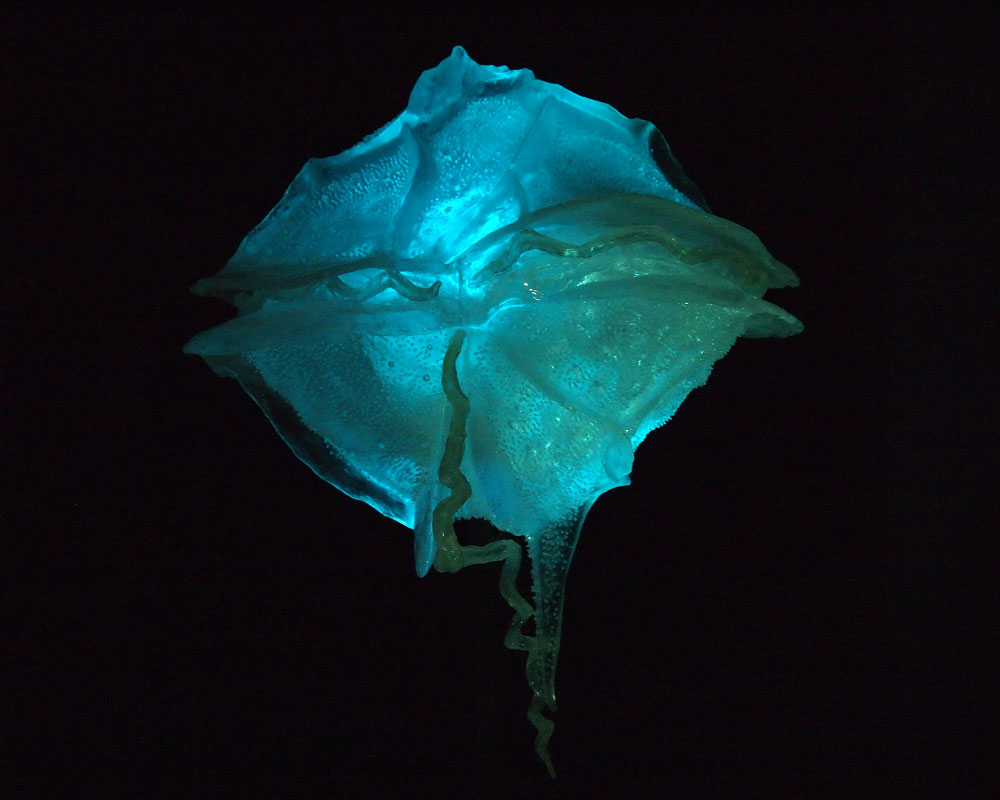
Have you ever seen glowing ocean water, like the bright blue surf pictured in the intro slide? The neon water is brimming with dinoflagellates, single-celled plankton with tails that slosh around together in vast numbers. These creatures have been highlighting Earth's coastlines for 1.2 billion years, and for the past few millennia, they've puzzled humans, who used to attribute the glow of some ocean water to magic or the gods.
Get the world’s most fascinating discoveries delivered straight to your inbox.
Dinoflagellates still puzzle us; we know how they glow, but not why. They might have evolved bioluminescence as a way of frightening predators, or to reveal those predators' locations by flashing when touched. Alternatively, their bioluminescence may just be a fancy way of ridding themselves of oxygen radicals (because the chemical reaction requires oxygen). Whatever the answer, they certainly make for a nice holiday in the Bahamas.
Jaw-dropping
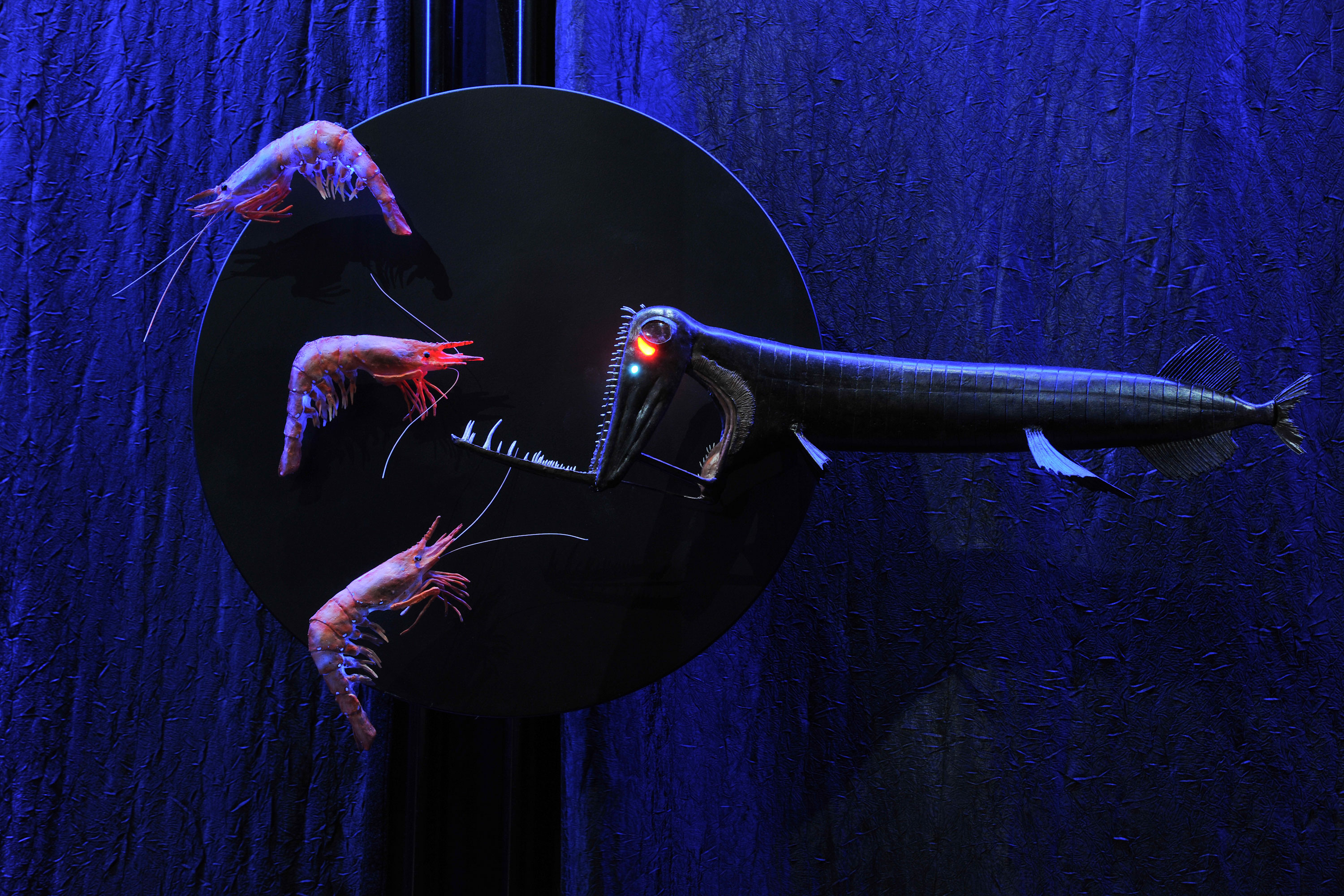
The stoplight loosejaw fish is named for the two-step process it uses to catch its dinner. First, the fish uses bioluminescence to trigger red fluorescence in its nose, and emits pulses of red light in order to spot red shrimp. When said shrimp is found, it chows down on this sizable prey by unlocking its "loose" jaw.
The shrimp, like almost all other deep sea creatures, can't see red light, so they rarely see this ingenious predator coming.
Bad breath
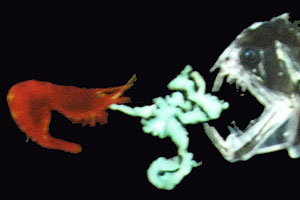
Though deep sea shrimp came off as pretty pathetic in the last slide, some actually have a nifty defense against predators like the stoplight loosejaw fish. Shrimp of the species Systellaspis pellucida startle predators by spitting out bioluminescent fluid. Their glowing loogies disorient the enemy, giving the shrimp time to high-tail it.
Wall of color
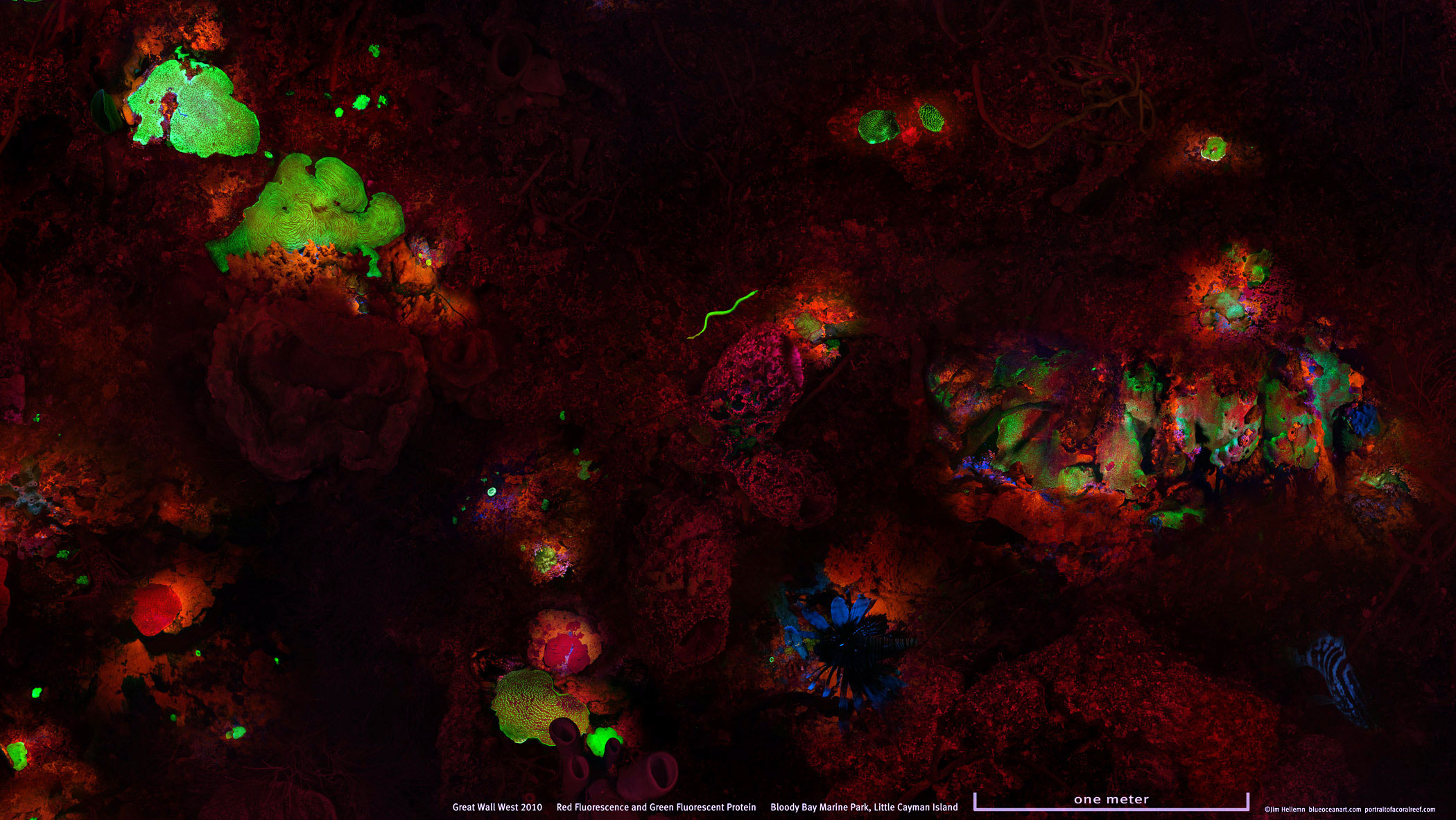
Pictured is the Cayman Islands' Bloody Bay Wall, a species-rich, 1,000-foot-tall wall of coral that is home to many bioluminescent and biofluorescent animals. To take this amazing photograph, photographers in scuba gear flooded the reef in violet light and captured the corals' conversion of the light into red and green.
Natalie Wolchover was a staff writer for Live Science from 2010 to 2012 and is currently a senior physics writer and editor for Quanta Magazine. She holds a bachelor's degree in physics from Tufts University and has studied physics at the University of California, Berkeley. Along with the staff of Quanta, Wolchover won the 2022 Pulitzer Prize for explanatory writing for her work on the building of the James Webb Space Telescope. Her work has also appeared in the The Best American Science and Nature Writing and The Best Writing on Mathematics, Nature, The New Yorker and Popular Science. She was the 2016 winner of the Evert Clark/Seth Payne Award, an annual prize for young science journalists, as well as the winner of the 2017 Science Communication Award for the American Institute of Physics.



